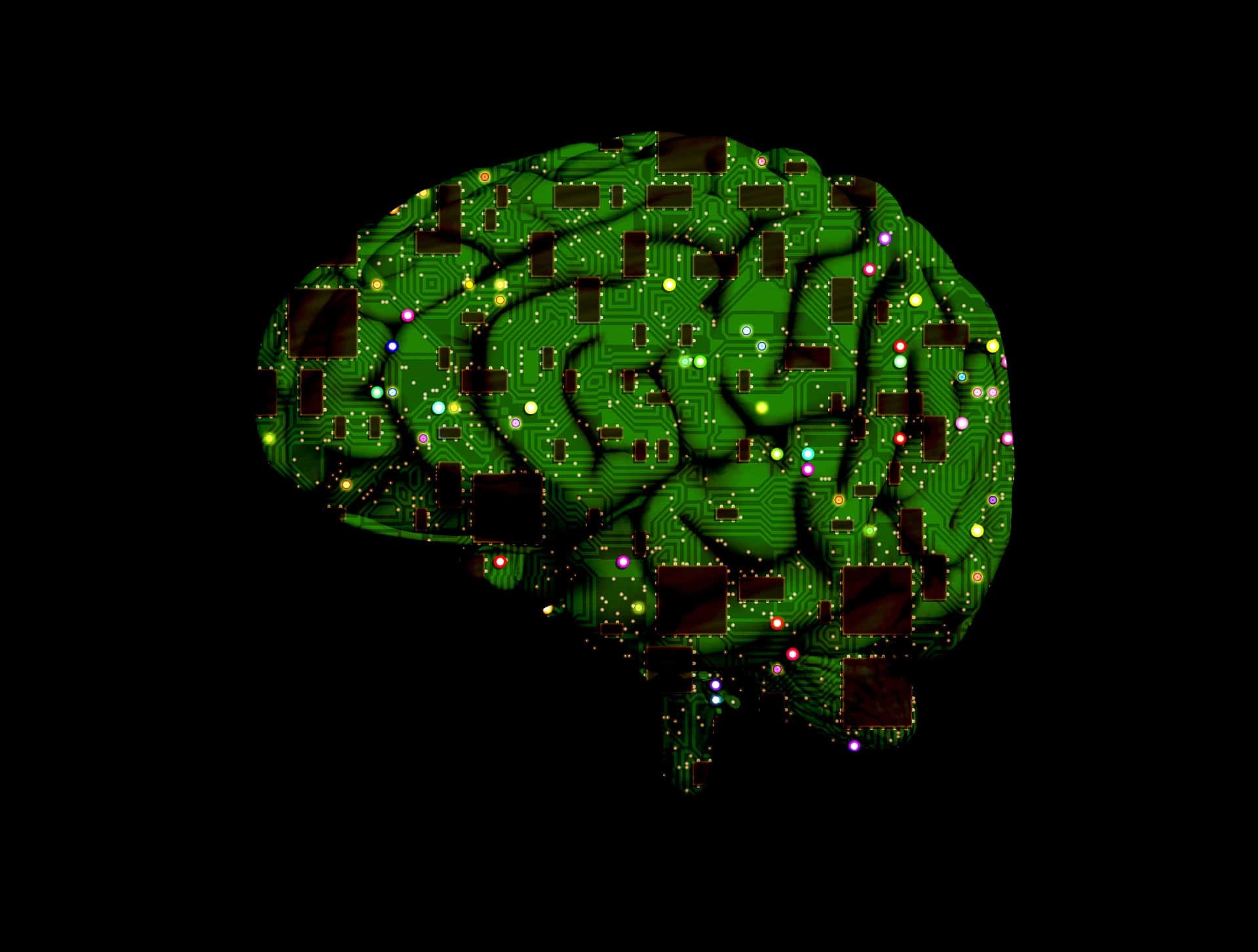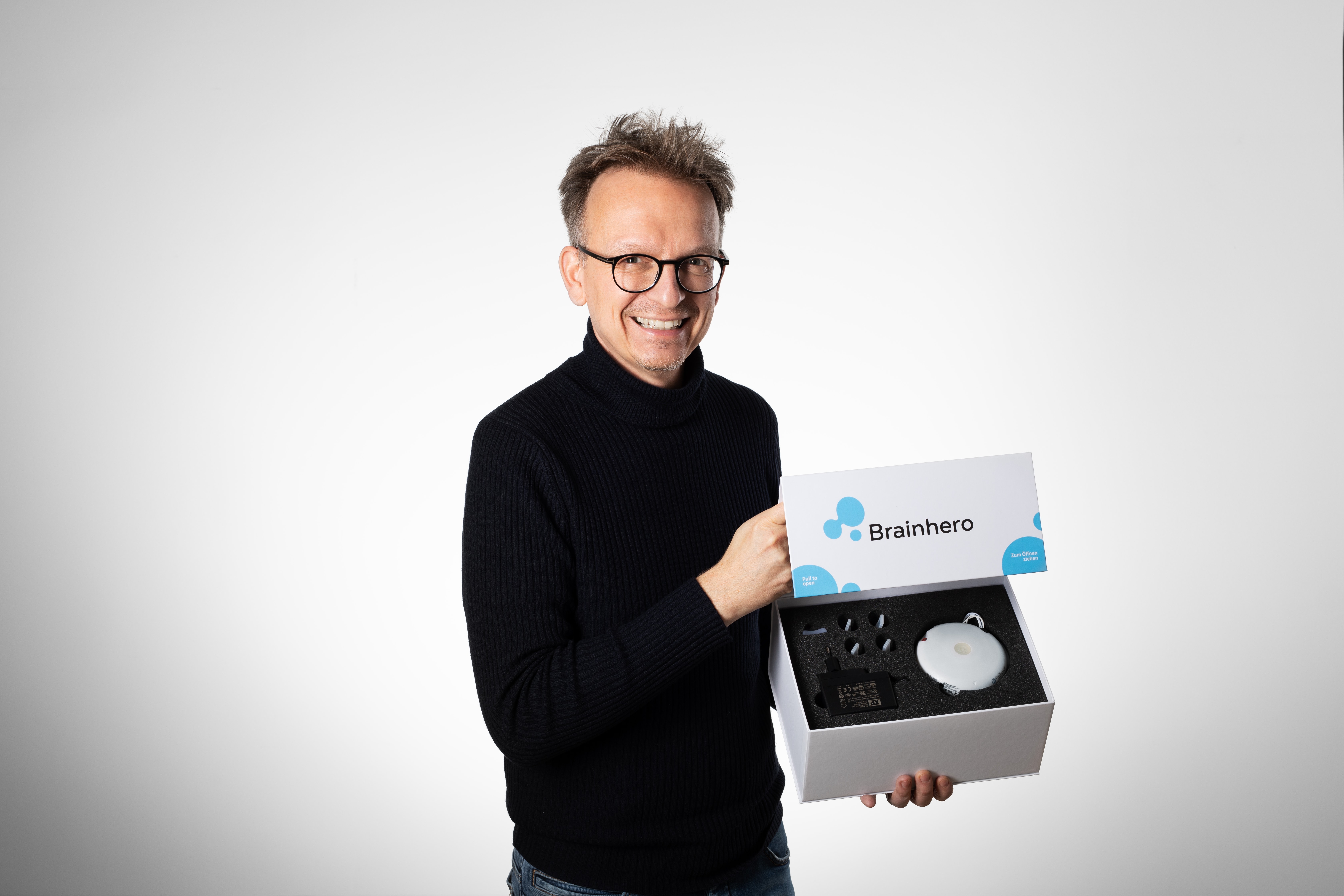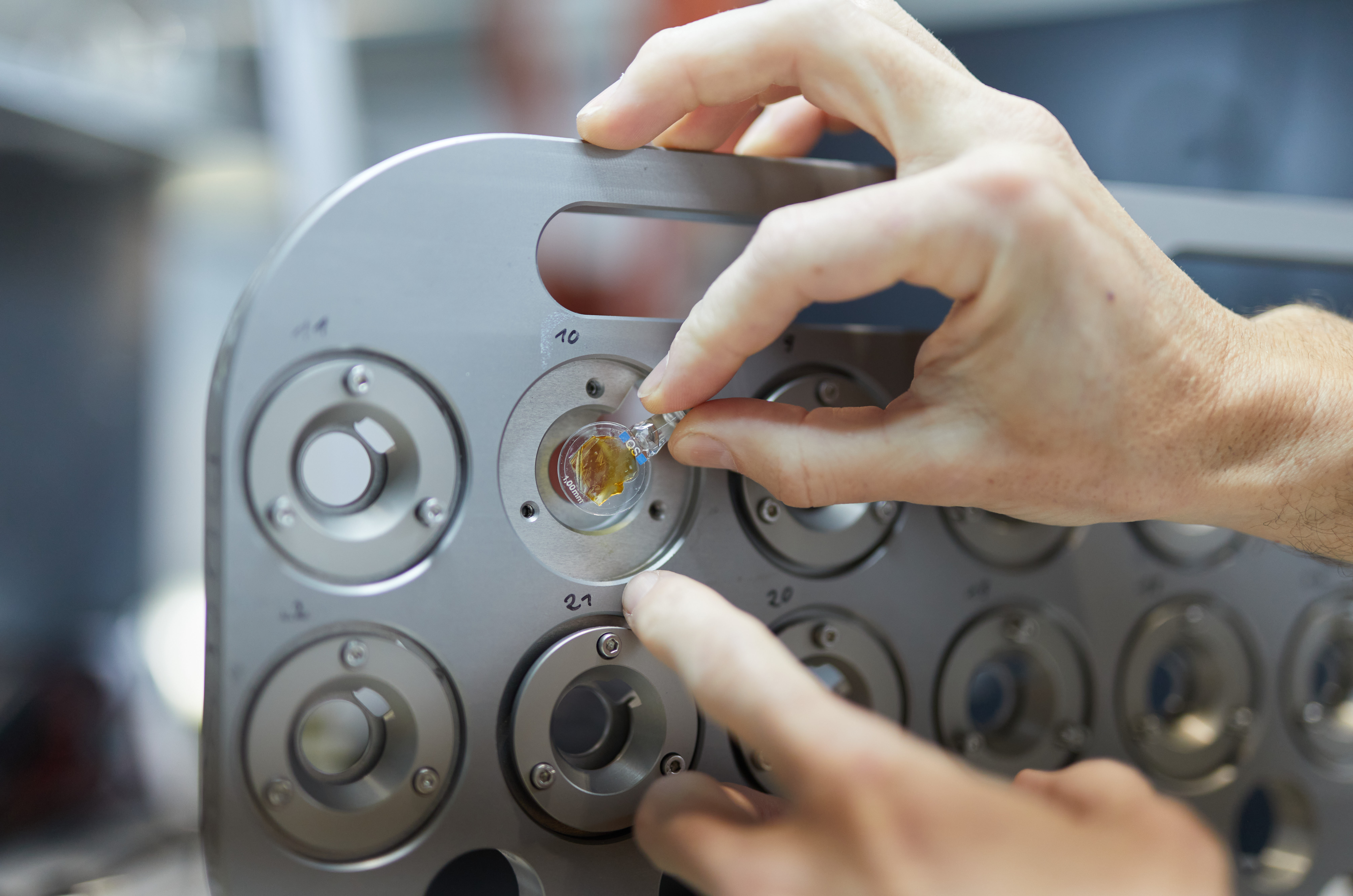
A team of scientists from the Technical University of Munich (TUM) has used an artificial intelligence (AI) system to find brain patterns that indicate chronic pain. Because of this finding, remedies and tools against depression and other mental problems can be better developed. This reports the TUM in a press release.
Neurotech
The discovery was made by the multidisciplinary team Neurotech. This team brought together clinicians with expertise in psychiatry and neurology with data experts, computer modeling experts and engineers. Cognitive neuroscientists and specialists in ethics and research policy are also part of the team.
Simon Jacob, professor of translational neurotechnology and coordinator of the research network, says technological advances have brought benefits to patients in many areas, but not so much in neuroscience. “That’s why collaborating with data experts is important. In addition, we know the problems and needs of working with patients and can therefore develop methods that fit into the daily routines of clinics”, Jacob says.

Brain implants
Jacob and his team use brain implants to investigate the development and disruption of cognition in neural networks. Because language is a central human cognitive function and is often greatly affected by events such as a stroke, the team chose to begin with this topic.
The implants consist of small sensors inserted into special areas of the brain. This is done in stroke patients who have problems producing and understanding language. These implants can accurately record the activity of neurons as the patient solves certain language tasks. The first implant was successful and the device is collecting high-quality data.
AI system
Macedonian scientist Julijana Gjorgijeva, professor of Computational Neurosciences, is the computational modeling expert on the team. One of her tasks is to find patterns in neuro-activity that correlate with language (in)ability. Based on this, she can use her AI system to build models for larger neural networks and for other cognitive functions.
Gjorgjieva and her team use computer models that simulate the behavior of real neurons and the connections between them as they form the networks. “They allow us to change the connections in the network models and turn them on or off as in the brain injury of stroke patients,” Gjorgjieva said. By training these models with the patients’ neurodata and cognitive behavior, they better understand what a healthy or injured brain does. The next step in the research will be the development of tools against depression and other mental problems.
Selected for you!
Innovation Origins is the European platform for innovation news. In addition to the many reports from our own editors in 15 European countries, we select the most important press releases from reliable sources. This way you can stay up to date on what is happening in the world of innovation. Are you or do you know an organization that should not be missing from our list of selected sources? Then report to our editorial team.






